I’ve Traveled To 3 Remote Eco-Lodges That Were Too Bare-Bones + 7 That Balanced Comfort And Conservation Perfectly
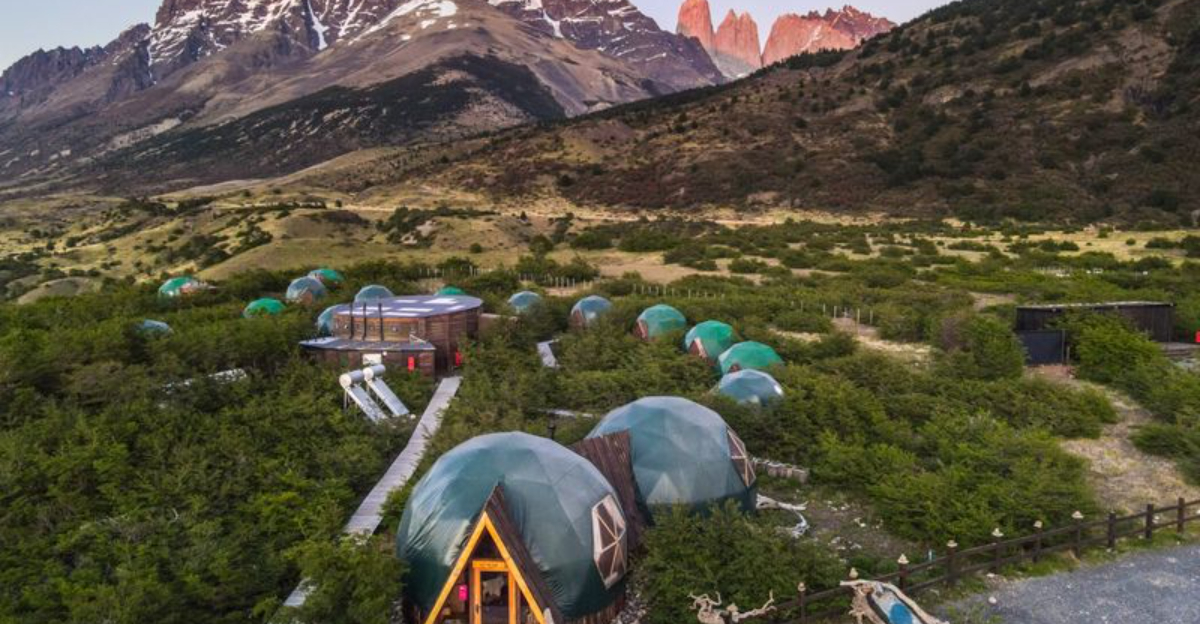
Eco-tourism isn’t just a trend – t’s a conscious shift in how we explore the planet. As travelers grow more aware of their footprints, the demand for experiences that blend sustainability with immersion in nature has skyrocketed.
I’ve ventured deep into rainforests, scaled remote mountains, and slept under stars in deserts – all in the name of eco-conscious adventure. Along the way, I’ve discovered that while some eco-lodges leave you battling mosquitoes and cold showers, others deliver unforgettable comfort without costing the Earth. Here’s what I found.
1. Amazon Jungle Hut: Where ‘Eco’ Meant No Electricity
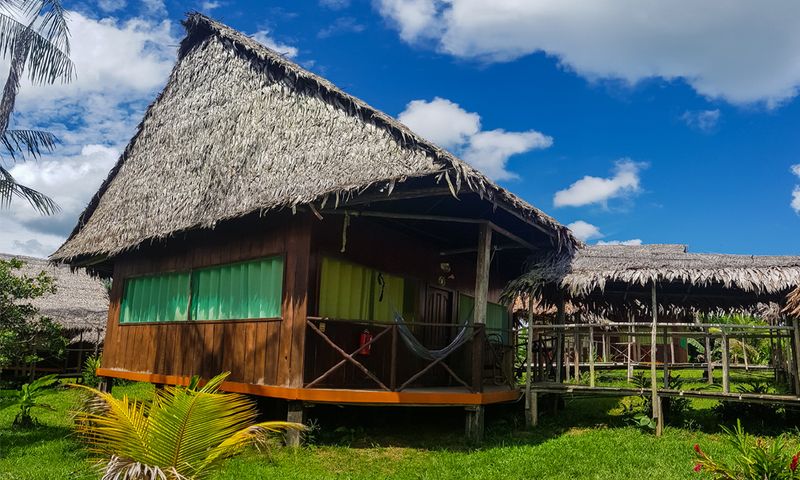
Nestled deep within the rainforest, this place promised authentic living but delivered discomfort beyond reason. The Amazon Jungle Hut lacked even basic amenities like reliable lighting or fans in 100% humidity.
Meals consisted of whatever could be prepared without refrigeration, and nighttime bathroom trips required navigating pitch-black paths with wildlife lurking nearby.
2. Mongolian Desert Yurt: Sustainability At The Cost Of Comfort
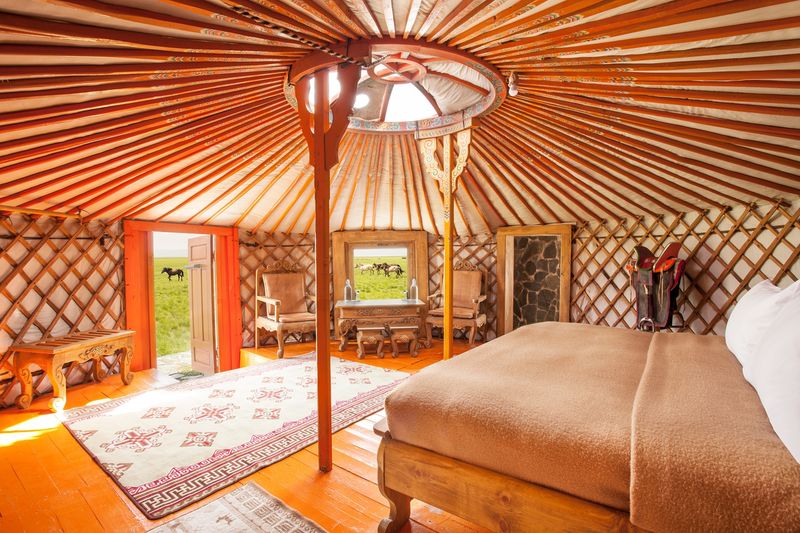
Sand crept into everything despite my best efforts to keep it out. This traditional dwelling in the Gobi Desert operated with zero modern conveniences.
The Mongolian yurt experience included sleeping on rock-hard floor mats, washing with rationed water collected from miles away, and enduring extreme temperature swings that left me freezing at night and sweltering by mid-morning.
3. Himalayan Mountain Refuge: Eco-Friendly To A Fault
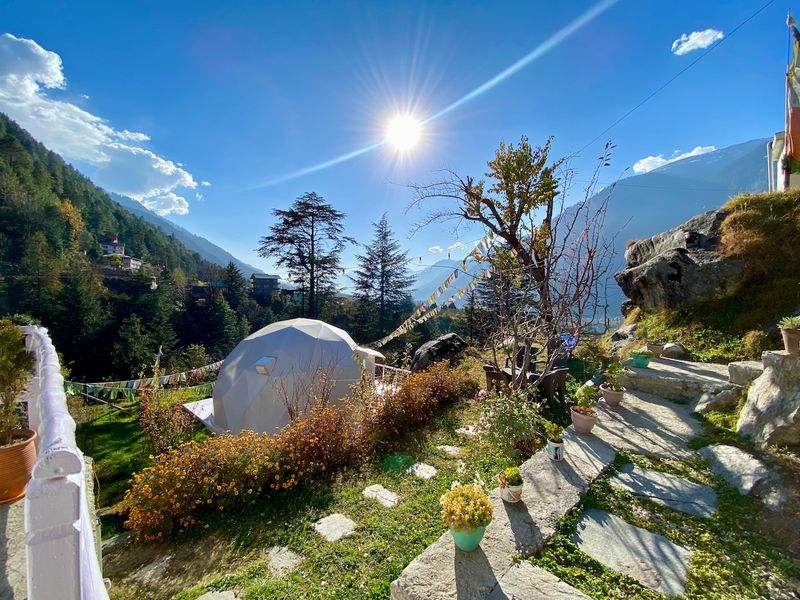
Breathtaking views couldn’t compensate for the brutal living conditions at 12,000 feet. The stone walls provided little insulation against freezing temperatures, and the communal sleeping area offered zero privacy.
This Himalayan outpost prided itself on minimal resource usage, which translated to one weekly shower opportunity and compost toilets that froze solid overnight. The experience was more survival test than vacation.
4. Costa Rican Treehouse Lodge: Perfect Harmony With Nature
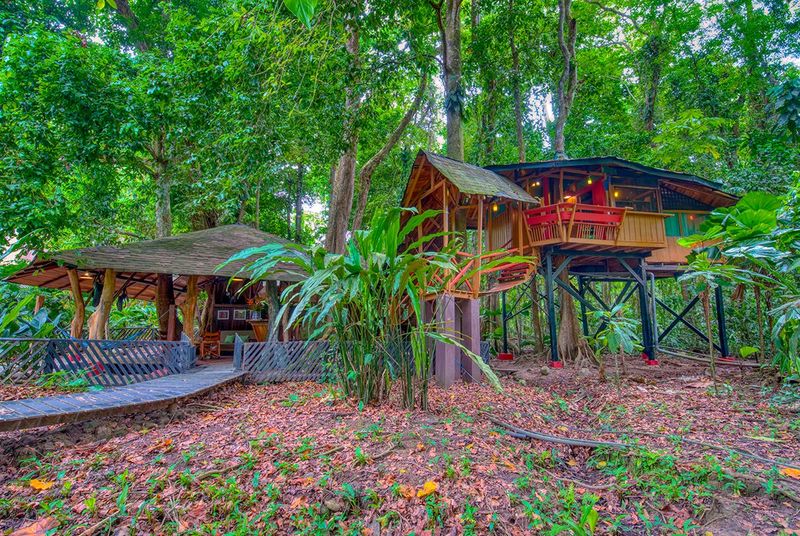
Suspended forty feet above the rainforest floor, these architectural marvels blend seamlessly with surrounding trees. Solar power provides ample electricity for evening needs while natural ventilation eliminates any need for air conditioning.
The Costa Rican gem features private outdoor showers with rainwater collection systems and locally-sourced bamboo furniture. Morning coffee arrives with toucans and monkeys as breakfast companions.
5. Kenyan Wildlife Conservancy: Luxury Meets Conservation

Safari tents redefined with plush bedding, solar-heated showers, and private verandas overlooking watering holes frequented by elephants. The conservancy employs local Maasai as guides and conservation officers.
Kenyan wildlife thrives here thanks to anti-poaching initiatives funded by tourism. Evenings feature farm-to-table dining under stars, with ingredients grown in on-site gardens watered by sophisticated drip irrigation systems conserving precious resources.
6. Bali Bamboo Compound: Sustainable Architecture Masterpiece
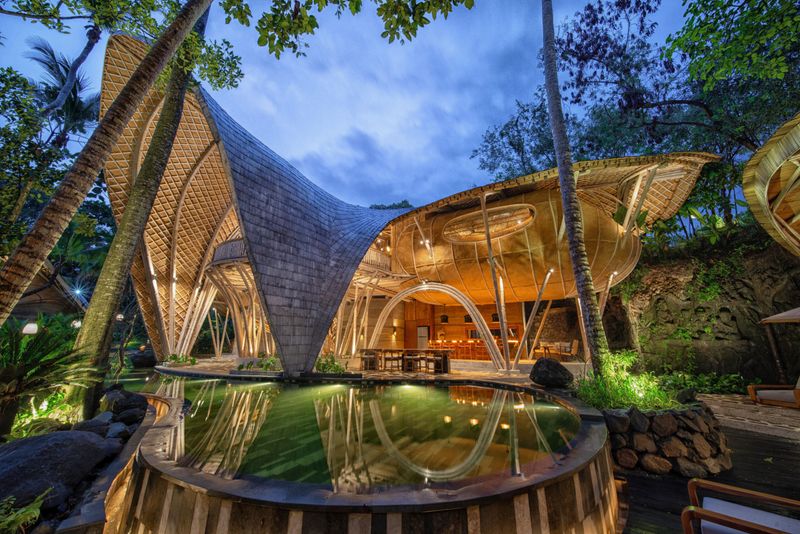
Revolutionary design proves eco-friendly materials can create genuine luxury. Sweeping curved structures built entirely from bamboo feature soaring ceilings and artistic details that would impress any architect.
The Balinese retreat harvests rainwater for all needs while treating wastewater through natural reed filtration. Organic gardens supply the open-air restaurant where traditional cooking techniques require minimal energy. Even the infinity pool uses salt purification instead of chemicals.
7. New Zealand Sheep Station: Carbon-Negative Farm Stay
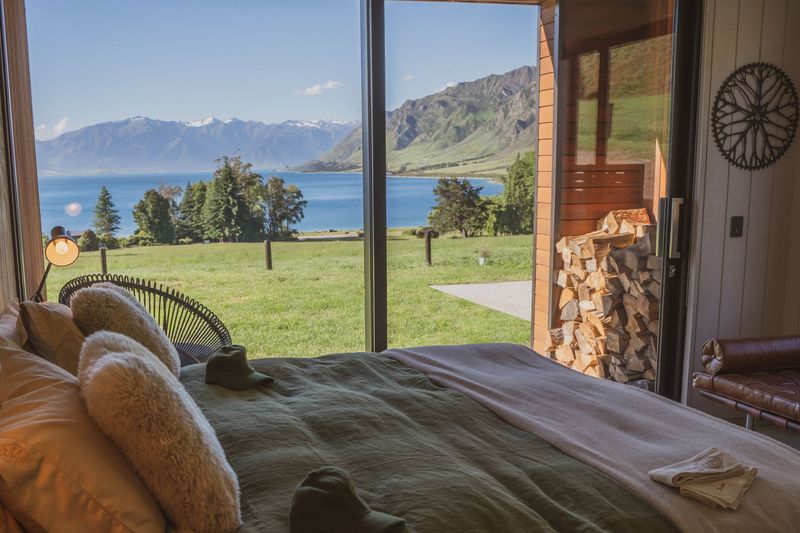
Rolling green hills surround converted wool sheds transformed into cozy accommodations with modern amenities. Thick wool insulation maintains perfect temperatures year-round without excessive heating or cooling systems.
The New Zealand operation runs entirely on renewable energy from wind turbines and hydroelectric generators on the property. Guests participate in farm activities like sheep shearing while learning about regenerative agriculture practices that sequester more carbon than the farm produces.
8. Maldivian Overwater Bungalows: Marine Conservation Focus

Floating above vibrant coral reefs, these stunning accommodations prove luxury and environmental protection can coexist. Glass floor panels allow guests to observe marine life without disturbing natural habitats.
The Maldivian resort operates its own coral restoration project, inviting guests to participate in reef rehabilitation. Sophisticated water conservation systems, biodegradable toiletries, and strict no-plastic policies demonstrate commitment beyond the typical greenwashing seen at many island resorts.
9. Chilean Patagonia Dome Camp: Weather-Resistant Wilderness Luxury

Geodesic domes withstand fierce Patagonian winds while offering panoramic views of snow-capped mountains through transparent sections. Woodstoves provide warmth using sustainable timber from managed forests.
The Chilean camp operates on a strict leave-no-trace policy, with all waste packed out and composting systems for organic materials. Guided excursions teach wilderness conservation while showcasing the region’s spectacular glaciers, lakes and wildlife without disturbing fragile ecosystems.
10. Thai Floating River Retreat: Hydro-Powered Serenity
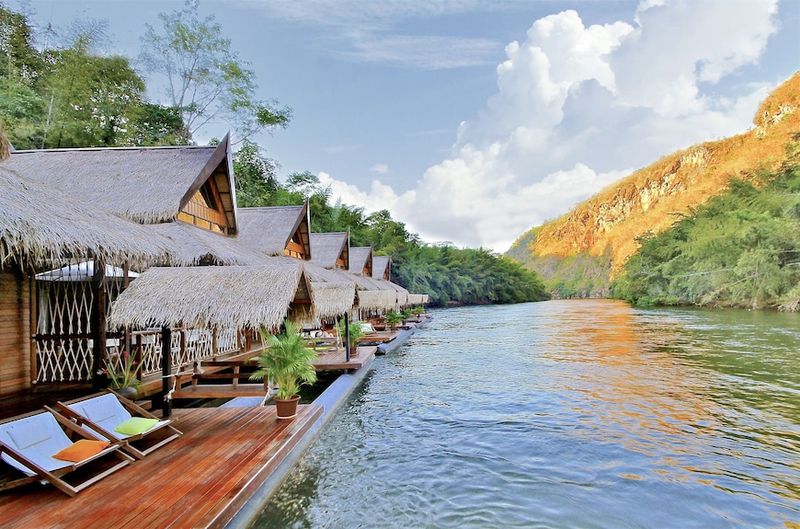
Bobbing gently on a pristine river, these floating bamboo bungalows generate electricity through underwater turbines harnessing the current. Natural cooling comes from the water below, eliminating air conditioning needs entirely.
The Thai sanctuary prohibits motorized boats, maintaining tranquility and preventing water pollution. Guests travel between accommodations and the mainland via traditional paddle boats or bamboo rafts, creating an immersive experience that honors local river culture while protecting the watershed.
